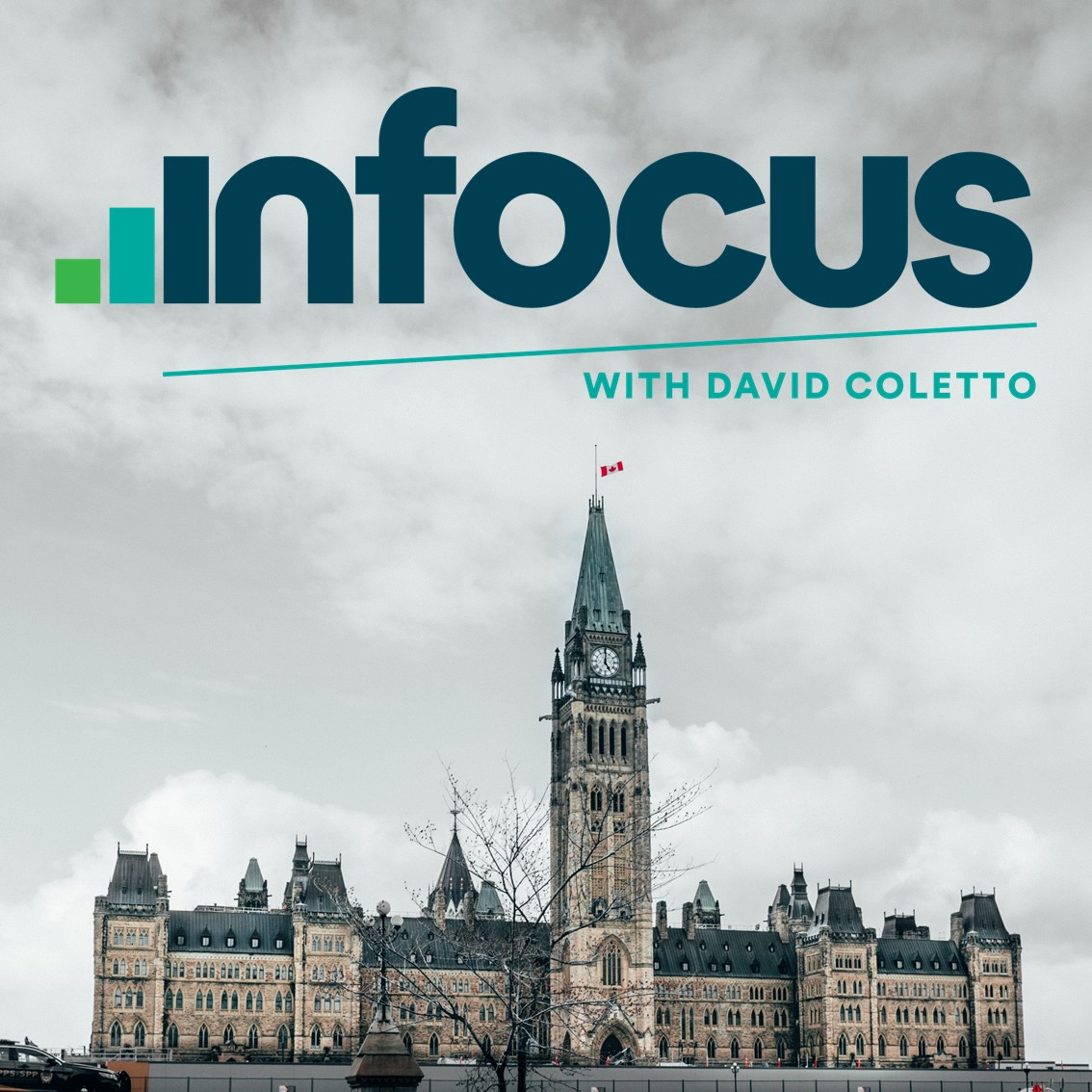Episode Transcript
[00:00:00] Speaker A: Foreign.
[00:00:17] Speaker B: Well, hey everyone. Welcome back to In Focus with David Coletto. I'm David Coletto. On today's episode, I dig into the latest abacus data so survey released earlier this morning on the state of the race in the Canadian election. Now, this is going to be our second last survey of the campaign. Our final one will come out over the weekend. And after two leaders debates and a long weekend of family and friends gathering, nothing has really changed. We interviewed 2,000 eligible voters from Friday morning until Monday morning. And we continue to find the Liberals with a slight advantage nationally over the Conservatives. Among all decided voters, the Liberals are at 40%, the Conservatives at 37, and the NDP trails at 11. That three point lead for the Liberals isn't massive, but when we focus on those who have already voted or say they're absolutely certain to vote, that Liberal lead grows to 5 points, 42% to 37. So despite a campaign filled with volatility, Trump threats, affordability, anxieties, debates and more, this race has been pretty steady from beginning to end. Most of the change we saw happened before and since this campaign started, we've seen only slight changes. All that to be said, the Liberals continue to have a clear advantage. There are a few reasons why the Liberals are still in the lead, in my view, even with 55% of Canadians telling us it's definitely time for a change in government.
First, there's Mark Carney. His image is consistently stronger than any other of the leaders. 46% of Canadians view him positively, compared to 33 negative. That's a net plus 13.
And his numbers are even better in key battlegrounds like Ontario and Atlantic Canada. And among older voters, the folks most likely to actually come out and vote. Now, Conservative leader Pierre Poliev, on the other hand, is dealing with high negatives. We've seen his negatives rise over the past week. His image has slipped to a net -7 overall in Ontario and Quebec, two regions. He doesn't need to win both, but he needs to do better. Certainly in Ontario, his favorables aren't improving. He's doing better among men, slightly better among younger voters and in Alberta. But it's not enough to flip the map at this point. The second reason? Regional strength. The Liberals are ahead in British Columbia, Ontario, Quebec and Atlantic Canada, where the bulk of competitive seats lie. The Conservatives are stronger in the Prairies and but those aren't battlegrounds. This election has been a shift in what voters are focused on as well. At the start of the campaign, the Trump issue dominated. It's now become More about affordability, 49% say the cost of living is one of their top two issues. That's up six points from two weeks ago. But here's the catch. The Trump issue, while less prominent overall, still defines the Liberal vote. Among those most concerned about Trump, the Liberals lead the Conservatives by, get this, 40 points. Among affordability focused voters, the Conservative lead is still sizable, but only 16%. This split helps explain why the Liberals are leading even as affordability concerns rise, even as Trump fades slightly from focus. The Liberals are holding on with their own support because of the strength of support among people who care about the Trump issue. They're dominating this group who care about international stability, economic certainty and leadership. And that's particularly true among older Canadians and those living in Quebec and Atlantic Canada.
So what about the debates? Well, if you saw on the Abacus Data website over the weekend, we released an instant reaction poll in this more recent survey. We went back and asked people what they thought about the debates. Nearly half of Canadians watched at least some of the English debate and a third turned into the French one. Among those who watched, Carney was slightly ahead of Poliev on overall impression. But the bigger story is that very few people changed their minds in both debates. A large share of viewers said no one really earned their vote. In other words, the debates confirmed impressions. They didn't seem to reshape them. And Carney, with stronger positives and fewer negatives, I think ultimately held the advantage. So where does that leave us today? Well, the Liberals are ahead narrowly, but with several structural advantages. They've got the more popular leader, they lead in the regions that matter most, and they're benefiting from a slightly fragmented opposition, but also a consolidated vote and a weak NDP and a weaker bloc. Now, the Conservatives have a path to victory, but it's narrowing. Unless they spark a major shift in momentum this week through a big moment, a gaffe or an unexpected issue, it's hard to see how they catch up. Now, that doesn't mean we're locked into a Liberal majority. We see some evidence perhaps in Quebec that things are tightening up. That is the road for the Liberals to get that majority that they haven't been able to get in the last two federal elections. That said, I still am not ready to say it's over. There's still a large chunk of Canadians who haven't voted yet. There's still uncertainty about turnout, and with affordability so central, even subtle changes could matter. We'll continue to track that. I said our final survey will be out this weekend. Stay tuned for more insights from our data from our polling and listen in for all of that here. Until then, thanks for listening again. You can like subscribe Follow us where you listen to this podcast, share it with your friends, visit the abacus data website abacusdata CA for all of your polling needs and until next time, we'll talk to you soon. Thanks.
[00:06:25] Speaker A: Sat.


